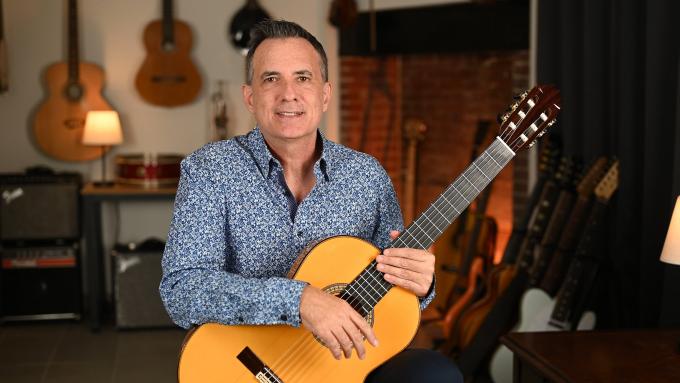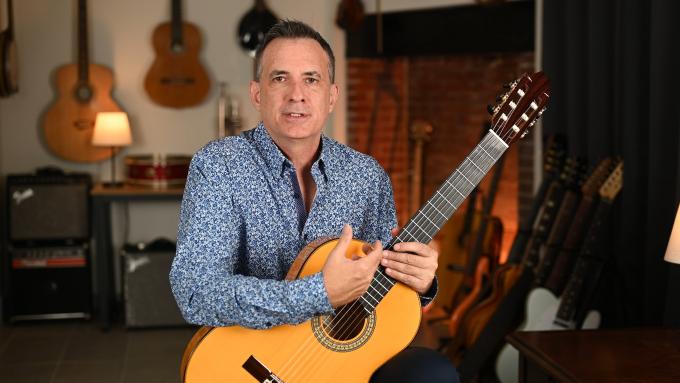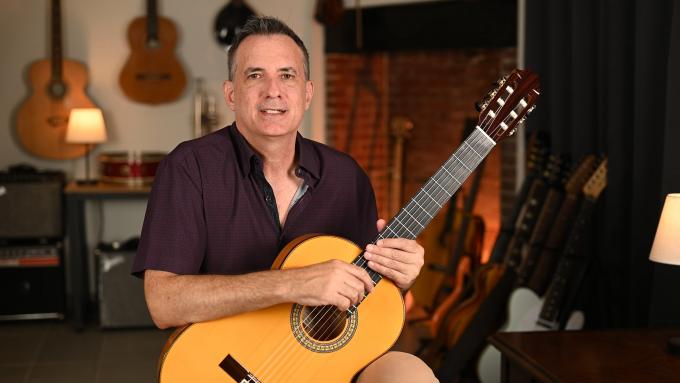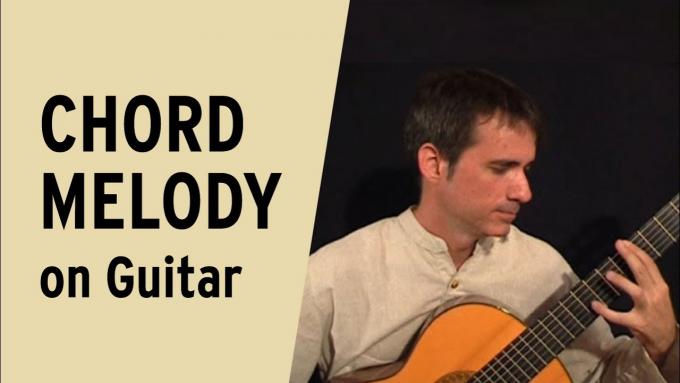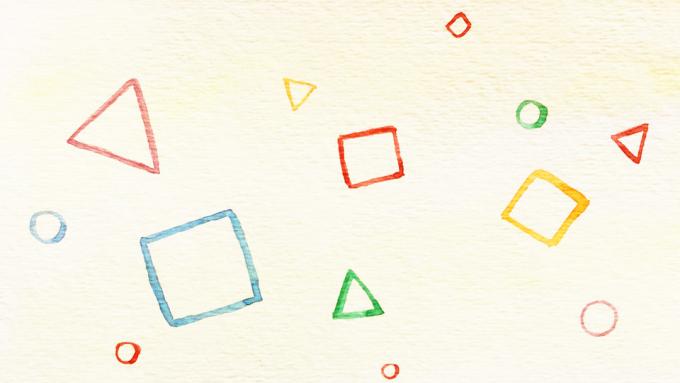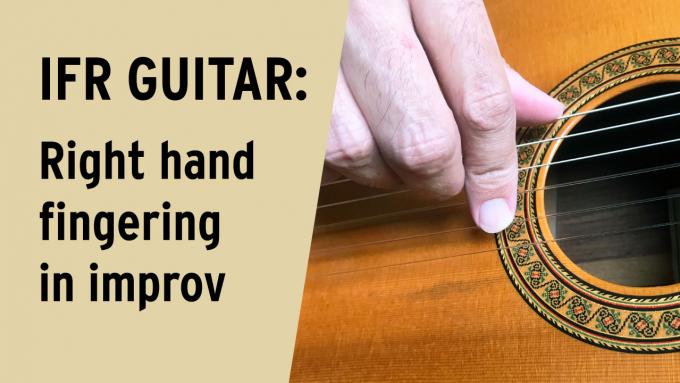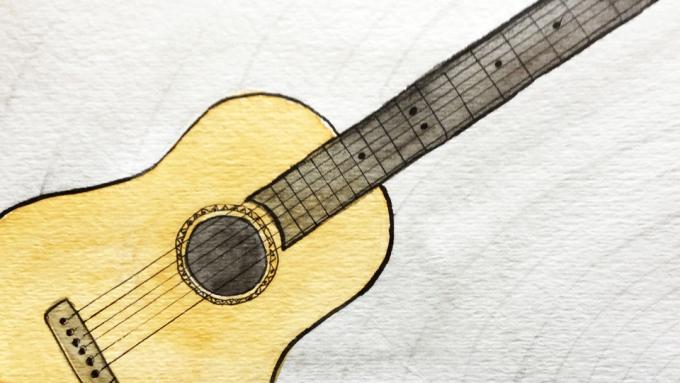In this step-by-step video course, you will master the seven harmonic environments of the major scale which are the building blocks of all modern music. And you'll learn to connect your ear with your instrument, expressing your own musical ideas anywhere on the fretboard.
I'm debating whether I should buy the IFR e-book or your video course "Seven Worlds for Guitar". Can you tell me what is included in each one, and what are the pros and cons of each?
In this free lesson from "Seven Worlds Guitar", you will learn the first step to developing complete freedom of movement on the fretboard.
In this free sample lesson from "Seven Worlds for Guitar", you will learn to move freely all over the neck of your guitar by half steps.
In this lesson I illustrate what chord melody technique is and how it will enrich both your soloing and your accompanying.
I'm confused about how to understand chord shapes in relation to the major scale. For example, the 3 chord would be notes 3, 5, 7, 2. In learning to see this as a minor chord shape, should I be able to think of this as 3, 5, 7, 2 and 1, b3, 5, b7 at the same time?
An IFR student asks how to incorporate classical right hand fingerstyle technique in the IFR creative exercises. In this video I demonstrate the two most useful right hand techniques to learn first.
I am having difficulty keeping my place when I skip strings. I don't want to fall back into just memorizing scale patterns. I know it takes time to break old habits, but what would you recommend I focus on so I don't get lost as much and develop an effortless flow with the scale degrees?
Do you wish you could play the guitar without having to look at the fretboard? In this video I'll explain the benefits of learning to play the guitar without looking, and I'll give you some tips on how to learn this ability.
Thank you for writing your book. I really like your philosophy. Can you explain the difference between the IFR system and the CAGED system?
